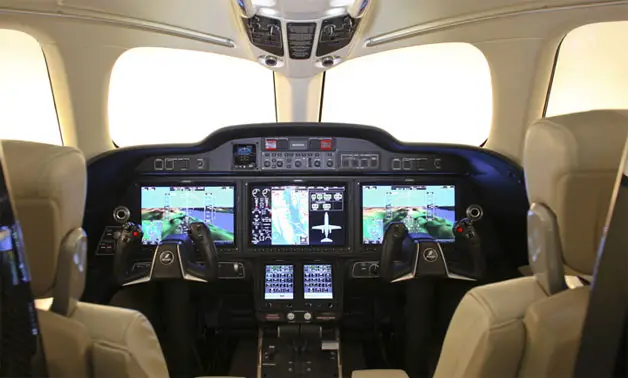Giken Engineering Group is the name of a Japanese company that deals with thorny construction problems: How to build a highway in the side of a mountain, how to reduce railway renovation accidents, how to build tidal defenses, where to park your car or bicycle in a crowded city.
The 43-year-old company puts a lot of thought and even philosophy into their solutions--their Five Construction Principles are Environmental Protection, Safety, Speed, Economy and Aesthetics--resulting in some serious out-of-the-box thinking. As an example let's look at their attitude towards parking a car in a city, where Giken has presented themselves with an enormous challenge: They correctly conclude that parking a car "can not be considered a cultural activity which enriches our lives," yet they seek to make it so through clever design.
Door to Door Location. "Door to door" transportation is the most effective way of travel, so the ideal location of car parking is in the very place to be visited. However, places where people gather are normally occupied by existing facilities aboveground. Moreover these objective places are spread over populated areas. In short, an ideal "door to door" car parking needs to be medium sized (50 - 70 cars) and installed or built directly underneath every place to be visited.
Hit the jump for more explanation and photos.
Minimum Land Occupation. Limited and expensive land in populated areas should be utilized in the most effective way. Aboveground parking space reduces the availability of land for people's cultural activities. It increases the cost of the land and facilities above it. In order to make aboveground fully available for a cultural life, land occupation by cars should be minimized.
Cost Saving in Overall Operation. Cost saving is important in the whole operation of car parking from construction to daily running. The parking machine itself and its construction cost have to be economical. Investment in the land should be the smallest by minimum land occupation. Daily running costs of the car park also need to be kept low.
Safety for People and Security for Cars. There are two safety factors required for car parking. One is the physical safety of people including drivers, passengers and general passers by. The other is the security of cars and facilities against theft, vandalism and natural disasters. A parking unit itself should be strong (e.g. against earthquake) and the full operating procedure should be ultimately safe.
Quick Parking with Easy Use. The purpose of parking is performing other activities out of the car. It means the quicker a car can be parked and driven out, the better the parking system. A parking unit has to be flexibly designed and built for the individual requirements of parking purpose and location. However operation of the system has to be kept easy for users.
Cultural Function with Aesthetic Flavor. The car is one of the most cultural products in 20th century contributing greatly to the development of society. Car parking itself should function as a cultural facility. It should utilize high performance automatic underground parking systems with an aboveground entrance booth built with aesthetic flavor matching the existing view of surroundings (e.g. museums, national heritages, historical buildings).

Giken's solution is the underground, cylindrical Eco-Park. Using Giken's proprietary prefab and piling technology, the earthquake-resistant structure takes just 100 days to install and fits fifty cars. The user experience of parking/retrieving a car takes 24 seconds on average, and humans are kept well away from the invisible machinery that makes it run. Best of all, the Eco-Park requires a diameter of just 20 meters and leaves behind an aboveground presence of just one car-sized hut.
Learn more about it here.




























